In 2024, I was honored to join R&E as its first executive director. As you’ll read in this report, there is a lot happening here to be excited about, and I am thrilled to be part of it.
Through its programs, R&E continues to work with the community to reduce waste. A few examples of this work include:
The R&E Center continues to be a regional showcase for how to innovatively manage waste. The facility manages 14% of the state’s waste, keeping 85% out of landfills and preventing over 100,000 tons of CO2 emissions. In 2024, 136 groups, totaling 1,860 people, toured our facility.
In 2024, R&E and partners made progress toward establishing an anaerobic digestion facility in the region to help manage organic waste.
Thank you to our talented team for a great year. I look forward to being part of this organization’s bright future.


Trista Martinson
Executive Director
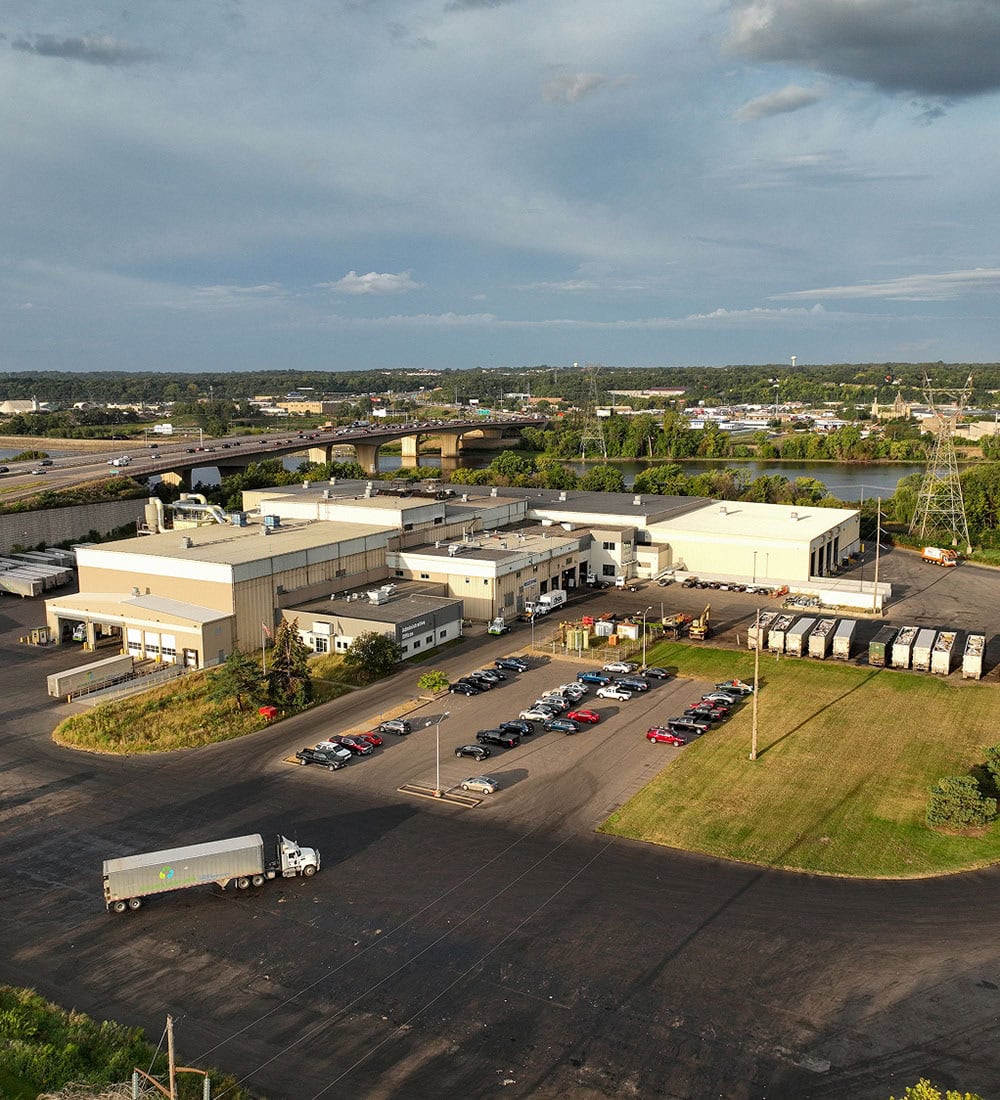
Ramsey/Washington Recycling & Energy (R&E) is the organization through which Ramsey and Washington counties collaborate to responsibly manage waste. Through R&E, the counties strive to protect health and the environment. R&E offers programs to help residents and businesses reduce waste and recycle better. R&E also owns and operates the R&E Center, which processes trash from the two counties to recover valuable materials and divert waste from landfills.
Through all its work, R&E’s goal is to move materials up the waste hierarchy, reducing waste and putting materials to their best use.
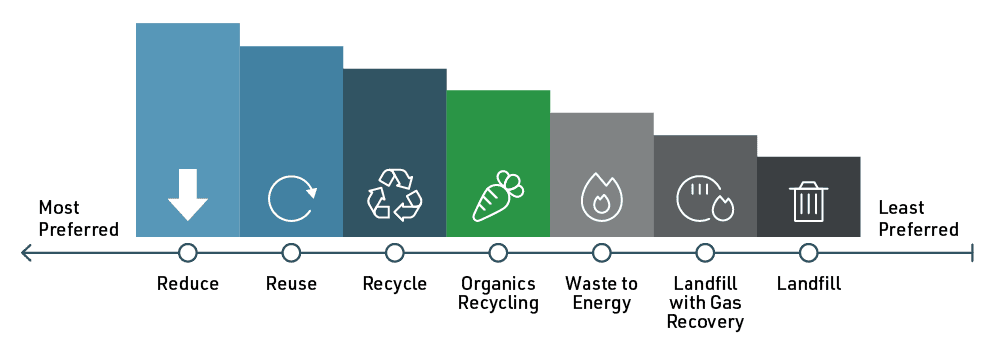
The R&E Board governs the organization through joint leadership from Ramsey and Washington counties, as well as ex officio members from the City of Newport and the Minnesota Pollution Control Agency (MPCA).
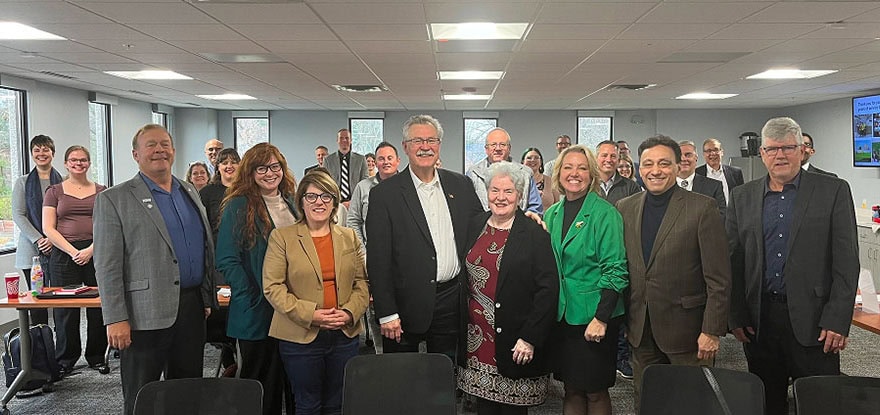
Fran Miron | Chair
Karla Bigham | Secretary/Treasurer
Stan Karwoski
Michelle Clasen
Gary Kriesel (Alternate)
Victoria Reinhardt | Vice Chair
Rafael E. Ortega
Nicole Joy Frethem
Mai Chong Xiong
Mary Jo McGuire
Rena Moran (Alternate)
Tom Ingemann | Newport City Council
David J. Burke | MPCA
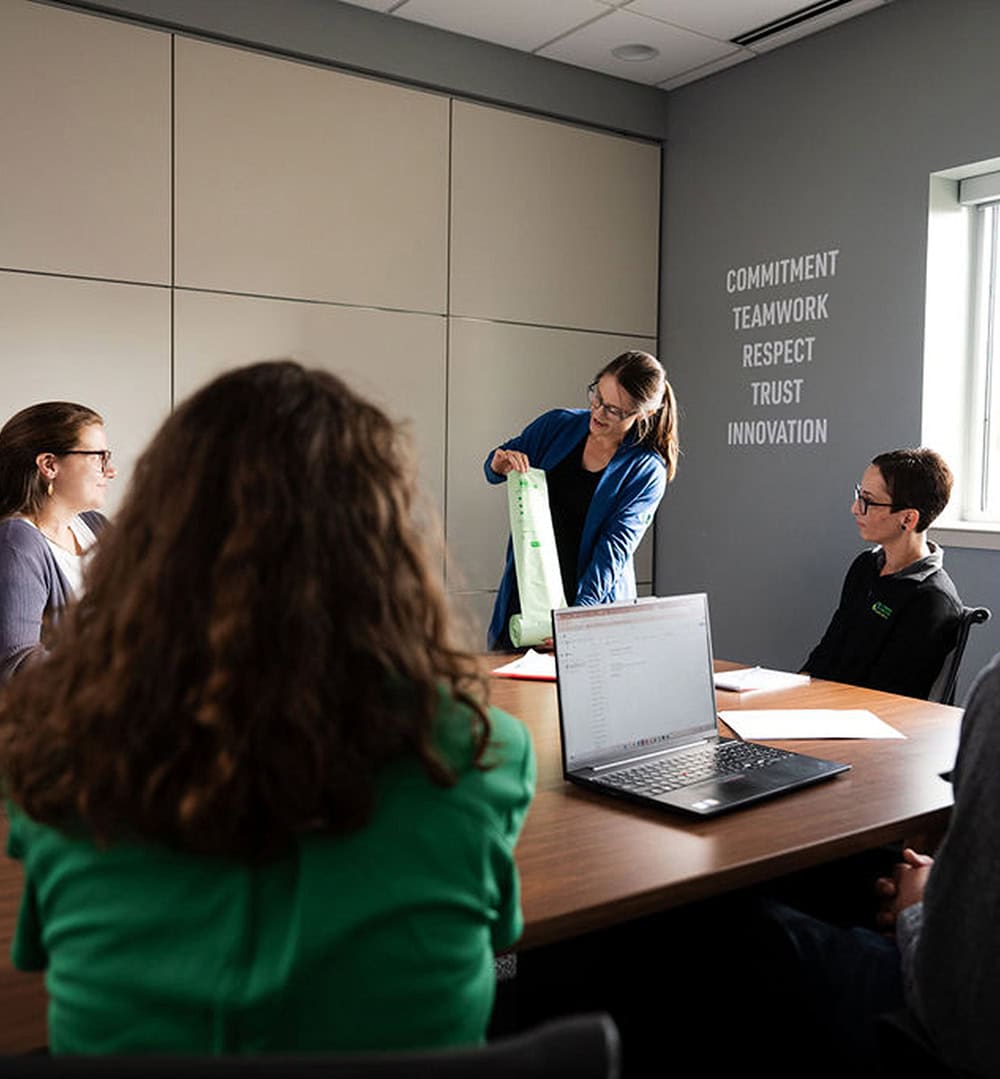
R&E employs 62 union-represented and 39 non-represented staff and collaborates with staff from two counties to perform its work. R&E continues to grow and evolve. In 2024, R&E added four positions, and 19 staff were hired to fill those new positions and other available openings.
R&E and the International Brotherhood of Electrical Workers Local Union 23 successfully negotiated a new collective bargaining agreement for 2025-2027. The structure of the organization also changed from a joint leadership to an executive director model. R&E welcomed Trista Martinson as its first executive director in 2024.
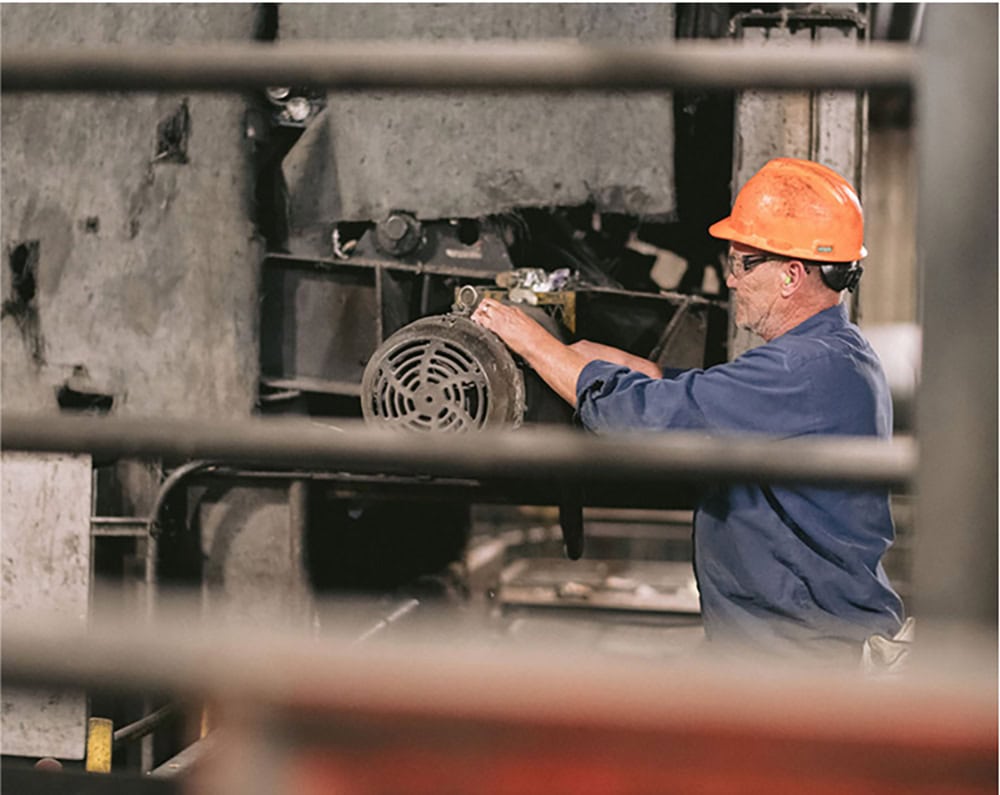
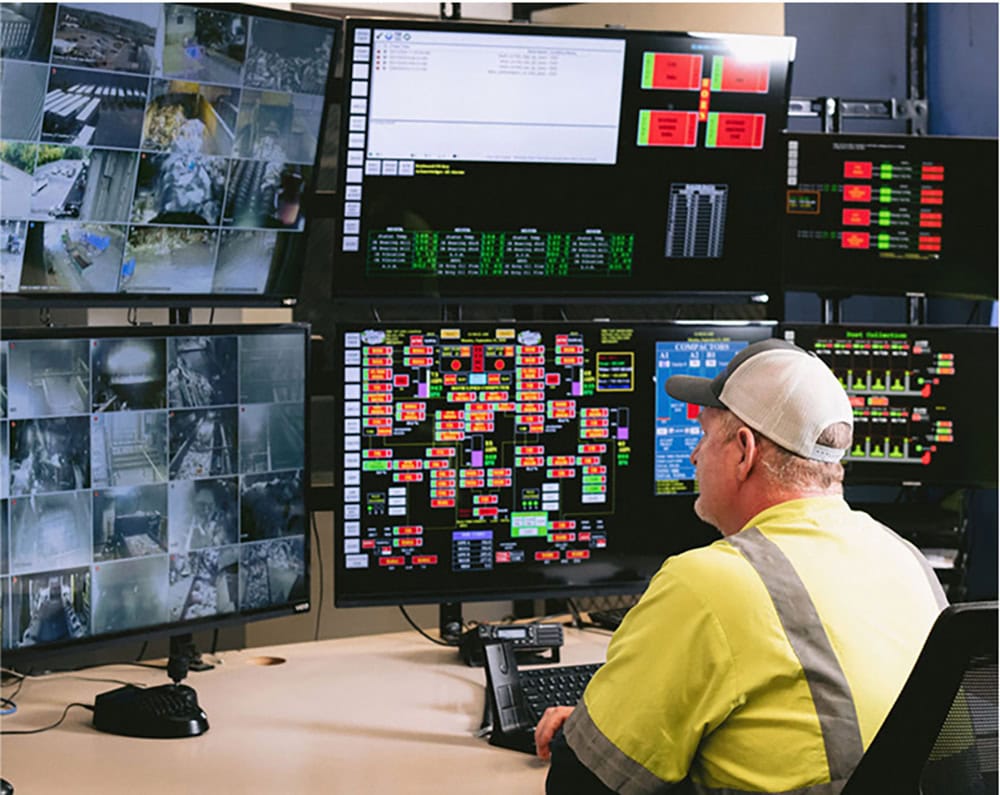
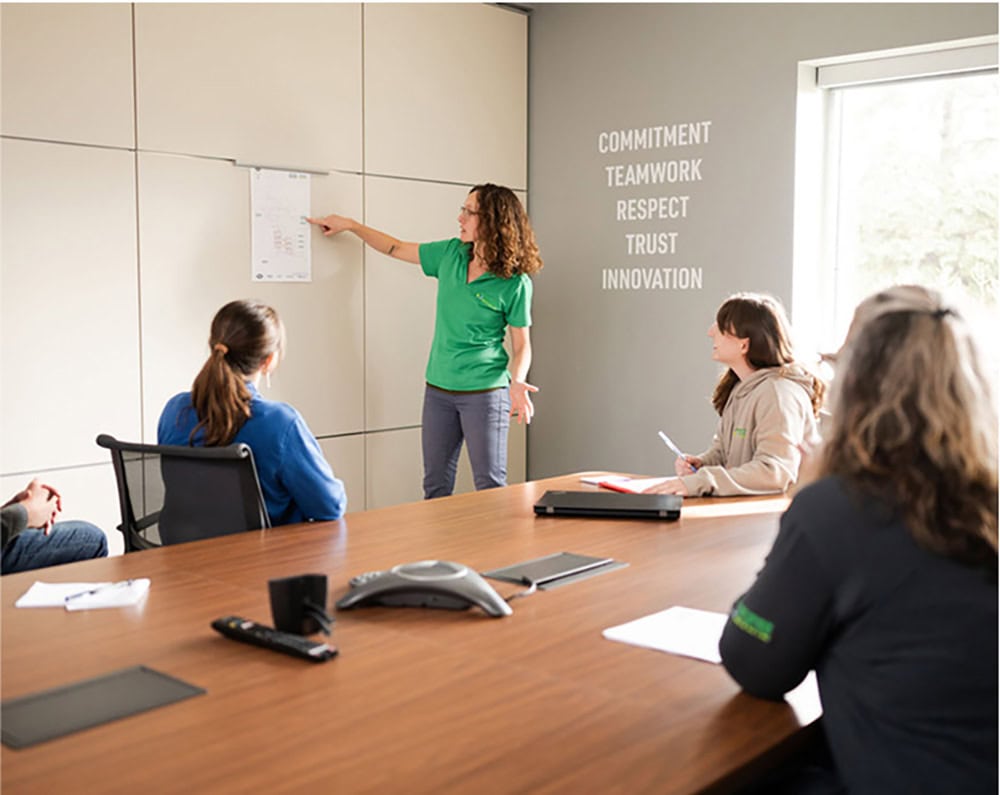
Through the Partnership on Waste and Energy, R&E works with Ramsey, Washington and Hennepin counties to foster responsible and innovative waste management. The Partnership conducts legislation and policy development, communications and outreach, and planning and evaluation of waste processing technologies. Learn more about the work conducted in 2024 by reading the Partnership’s Annual Report.
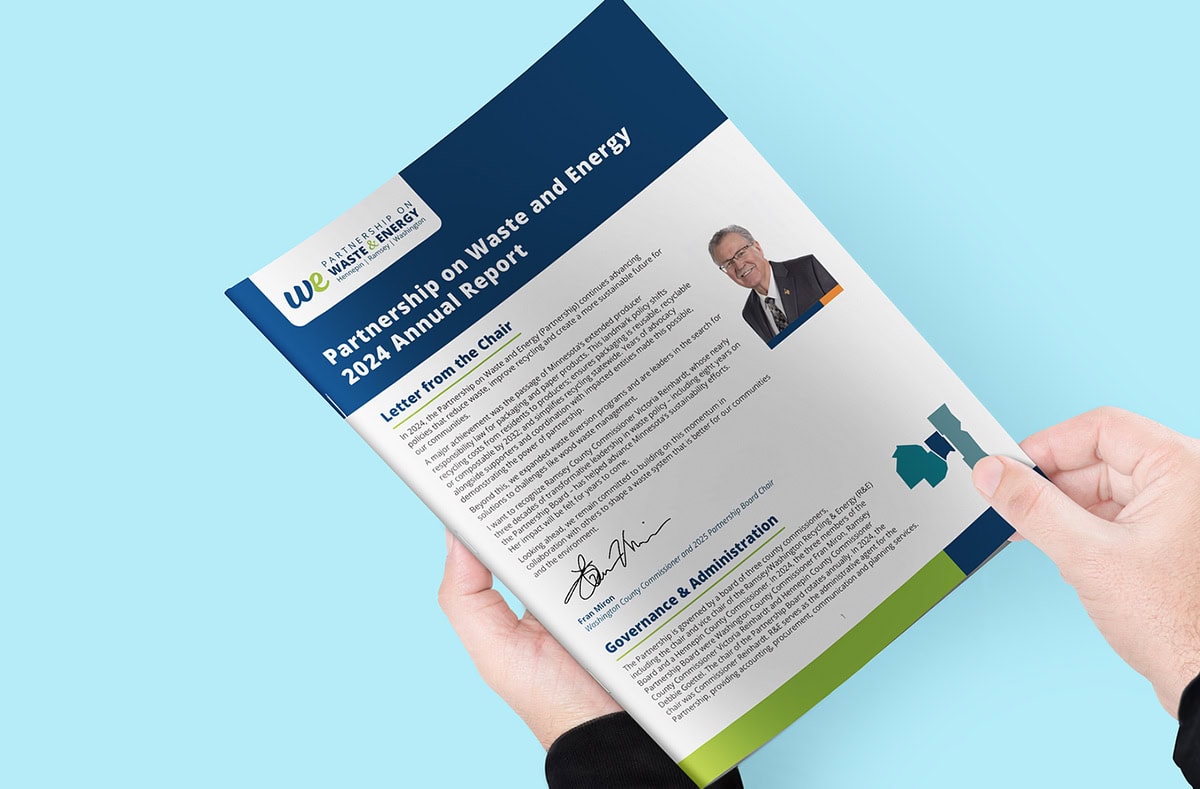
R&E’s programming helps businesses and residents reduce waste, increase reuse and expand recycling.
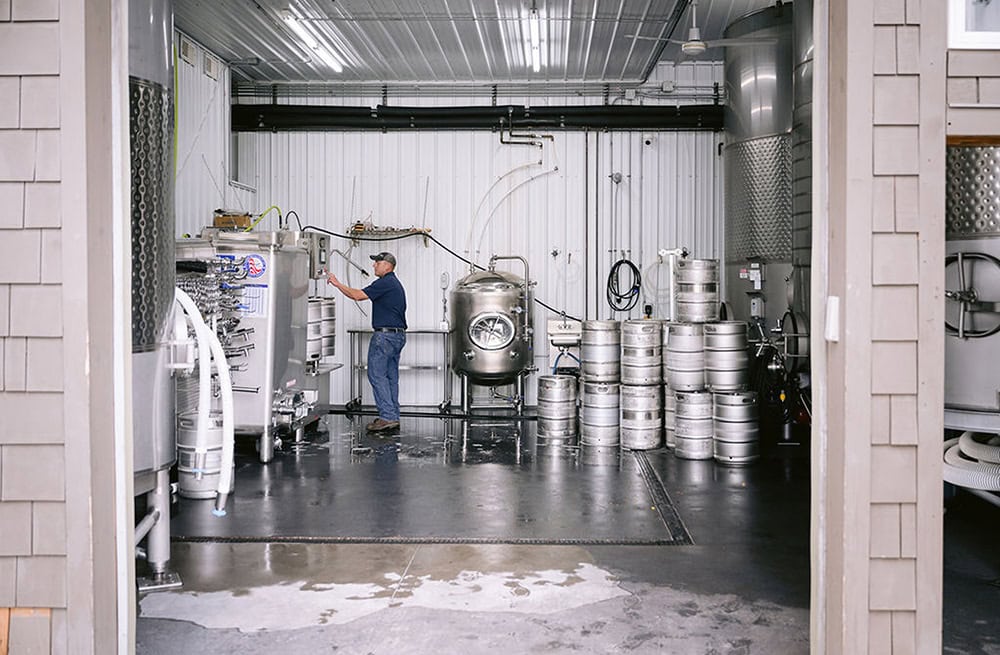
businesses, institutions and apartment properties received BizRecycling grants.
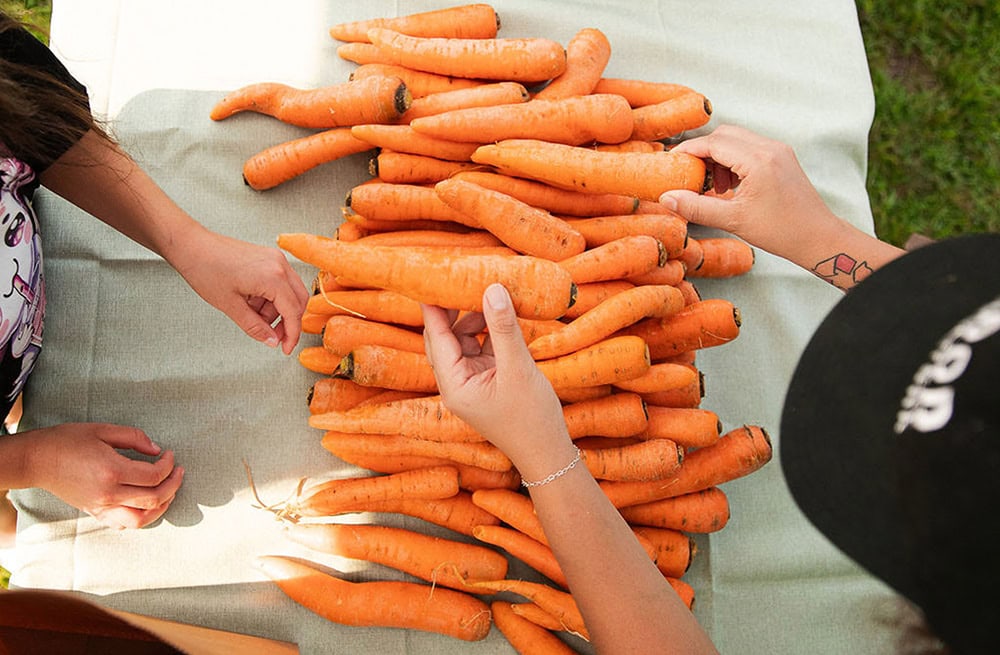
of food were recovered before ending up in the waste stream.
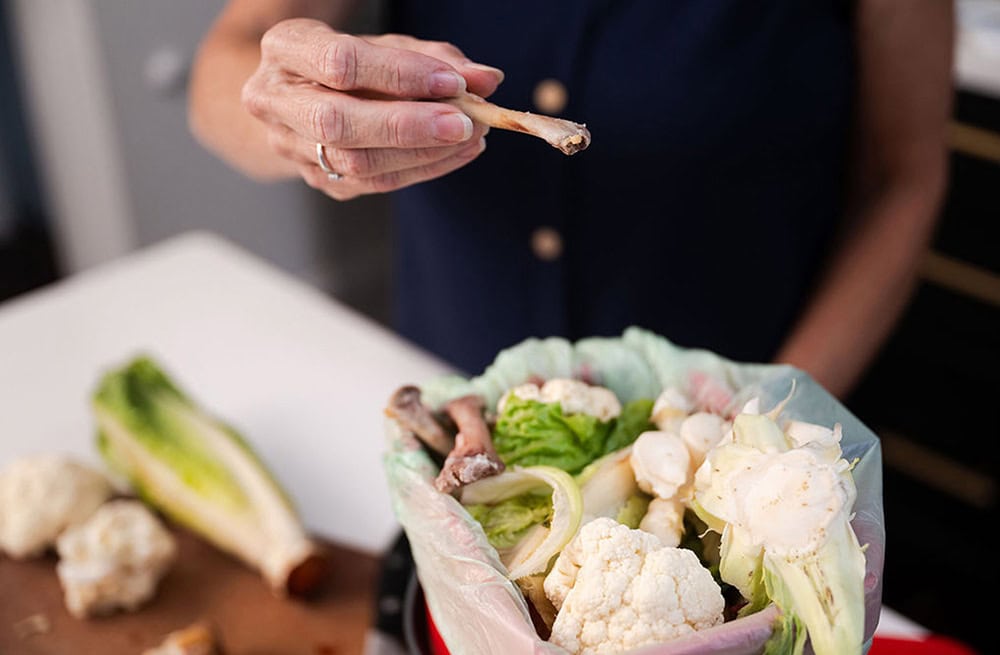
new communities became eligible to participate in the Food Scraps Pickup Program.

cubic yards of compost were provided to community gardens in Ramsey and Washington counties.
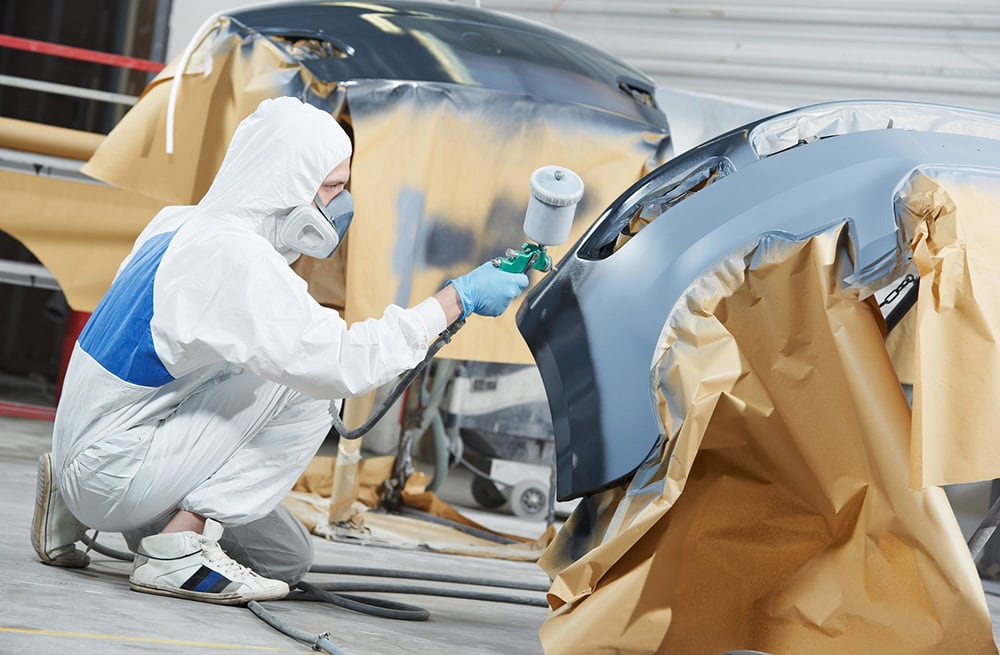
of annual VOC (volatile organic compound) emissions were reduced from businesses.

mattresses were collected for recycling rather than ending up in the trash.
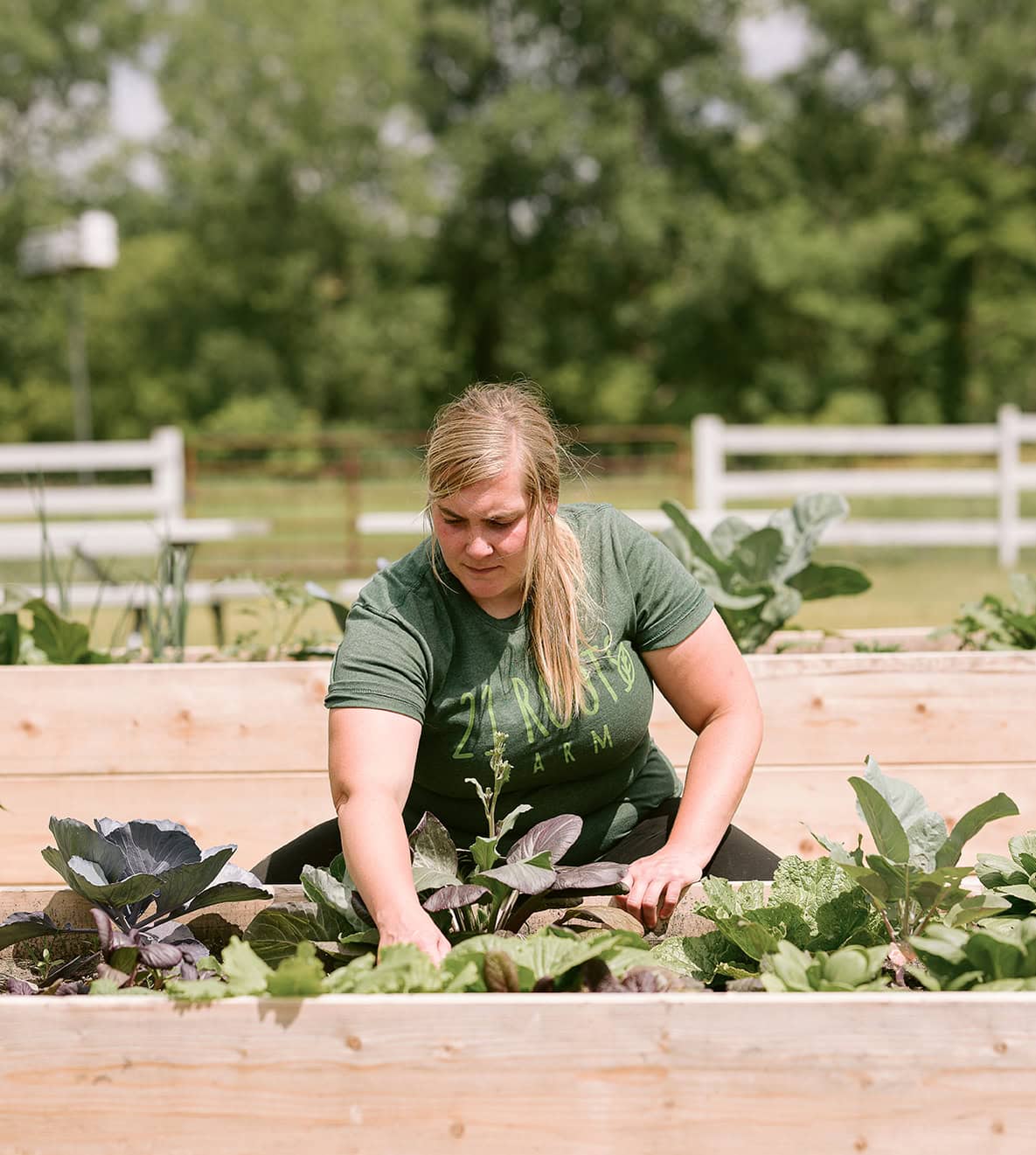
BizRecycling helps businesses, nonprofits, schools, multi-unit residential properties and institutions reduce waste and recycle better through grants and technical assistance.
Program Highlights:
Vikings & Goddesses Pie Company used a Waste Reduction & Innovation Grant to invent freezer-compatible compostable packaging for their pies.
2024 Impact
Businesses
& Institutions
Apartments
& Condos
Number of grants awarded
84
33
Grant funding awarded
$792,035
$369,381
Recycling or organics collection programs started
28
4
Waste diverted
3,900 tons
490 tons
CO2 avoided
8,027 metric tons, equivalent to taking 1,459 cars off the road
124 metric tons, equivalent to taking 27 cars off the road
New participants
115
44
Total participants
298
186
Percentage of businesses that are owned by people of color
34%
Percentage of multi-units in climate vulnerable neighborhoods
72%
R&E’s food waste prevention work aims to keep edible food out of the trash through partnerships with local organizations and by providing grant funding and resources.
Program Highlights:
Open Cupboard in Oakdale used a Food Recovery Grant to grow their food rescue and donation program, rescuing over 750 tons of food in 2024.
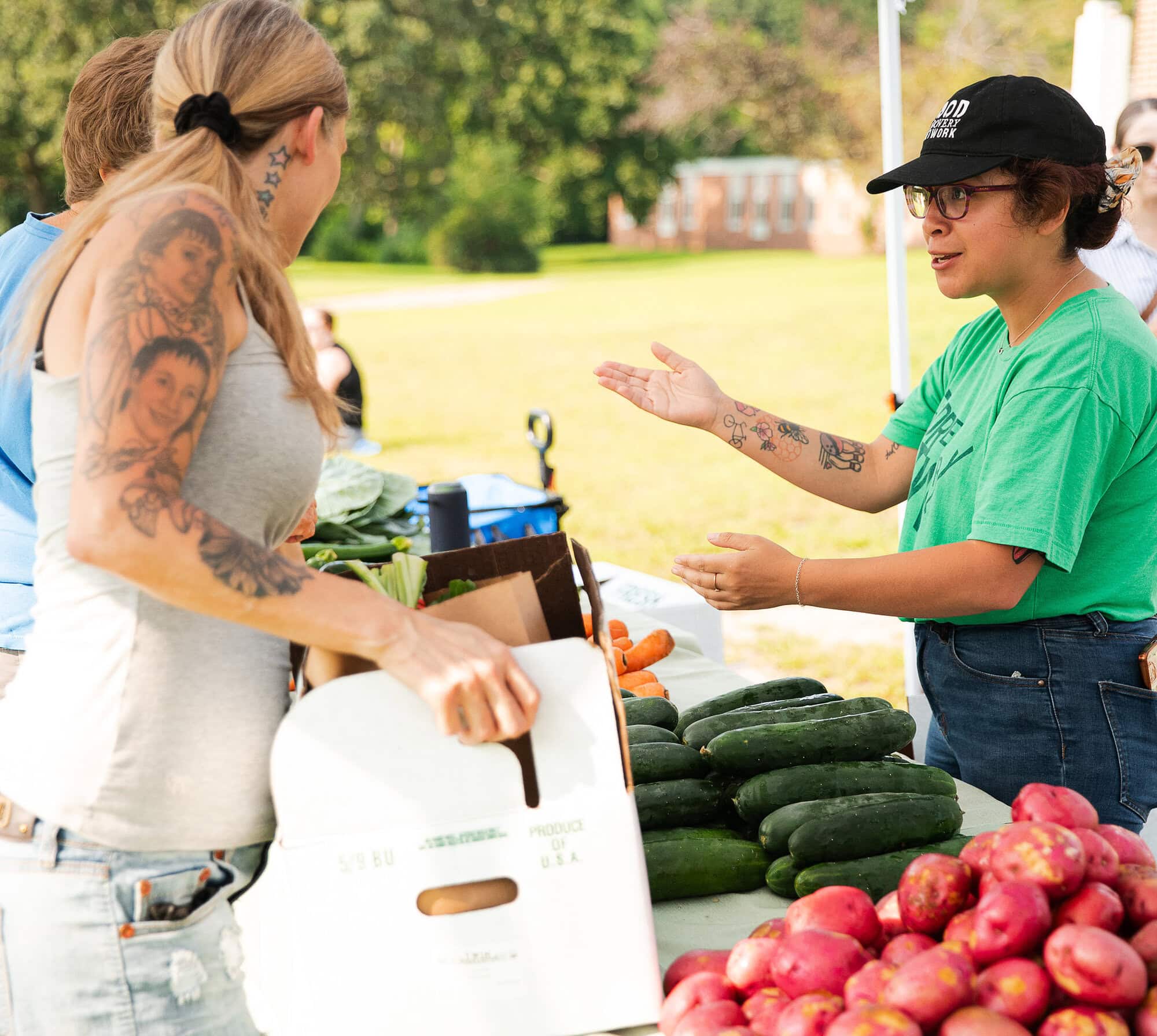

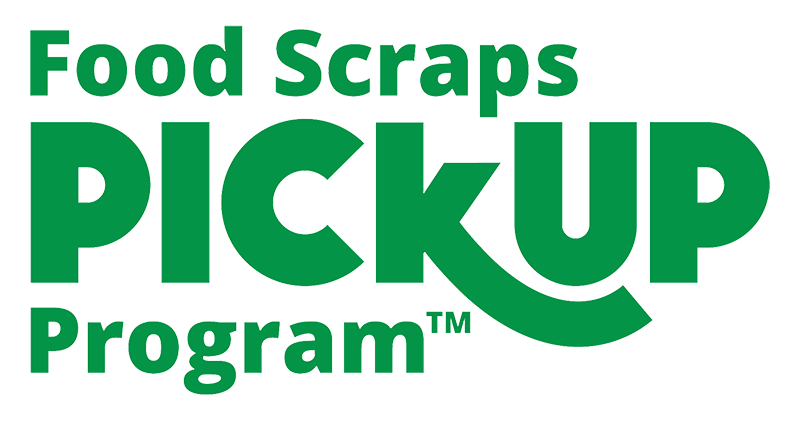
Approximately 20% of waste collected in Ramsey and Washington counties is food scraps. When residents participate in the Food Scraps Pickup Program, food waste is turned into a nutrient-rich material that is used to improve our soil instead of becoming waste.
The program expanded to 24 new communities in 2024. This added around 71,000 newly eligible households for a total of about 109,000 eligible households at the end of 2024.
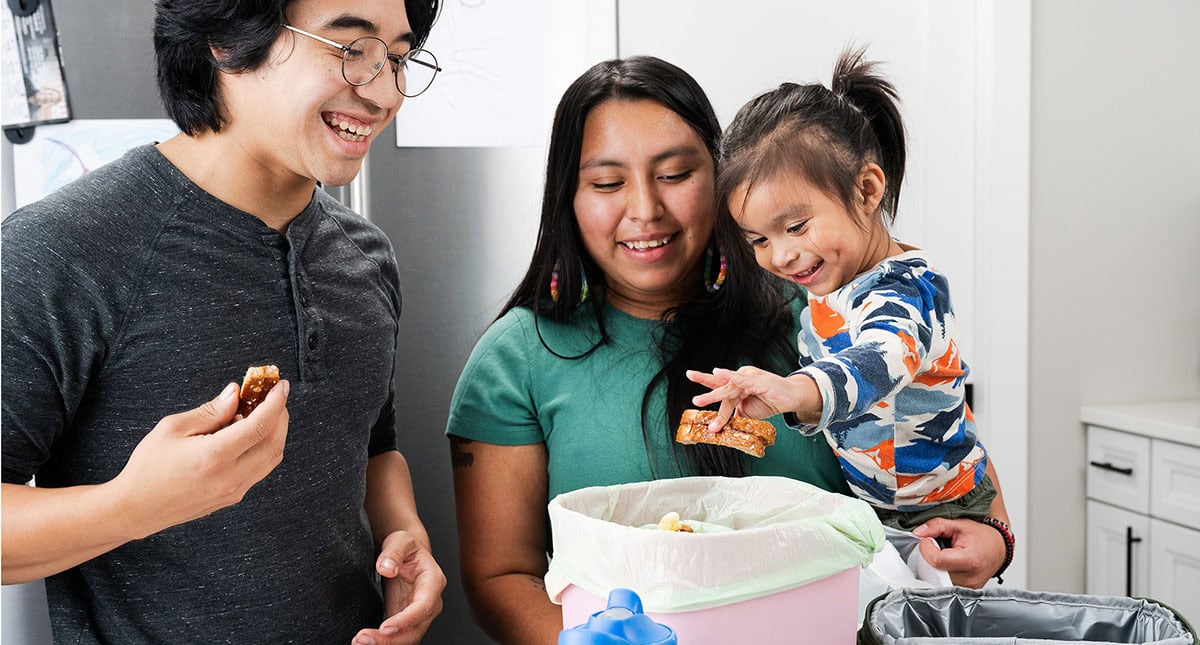
The program ended 2024 with a total participation of 12,394 households and an 11% participation rate of all eligible households. Based on data from other food scraps collection programs, R&E expected to see 10% participation by the end of the first year and was able to exceed this goal.
Phase 1 Communities
(eligible starting fall 2023)
4,202
Phase 2 Communities
(eligible starting spring 2024)
5,257
Phase 3 Communities
(eligible starting fall 2024)
2,885

The program sent a total of 58 tons of food scrap bags to be composted in 2024. Agreements were secured with new transfer and sortation facilities to ensure the remainder of program roll out to all residents of Ramsey and Washington counties.
To promote the Food Scraps Pickup Program, participant testimonials were captured to engage residents and provide virtual word-of-mouth recommendations.
As the Food Scraps Pickup Program ramped up in 2024, R&E continued to explore ways to increase demand for compost in the two counties. As the counties are sending more food scraps to compost facilities, R&E wants to ensure that there is adequate demand for this valuable end-product.
Program Highlights:
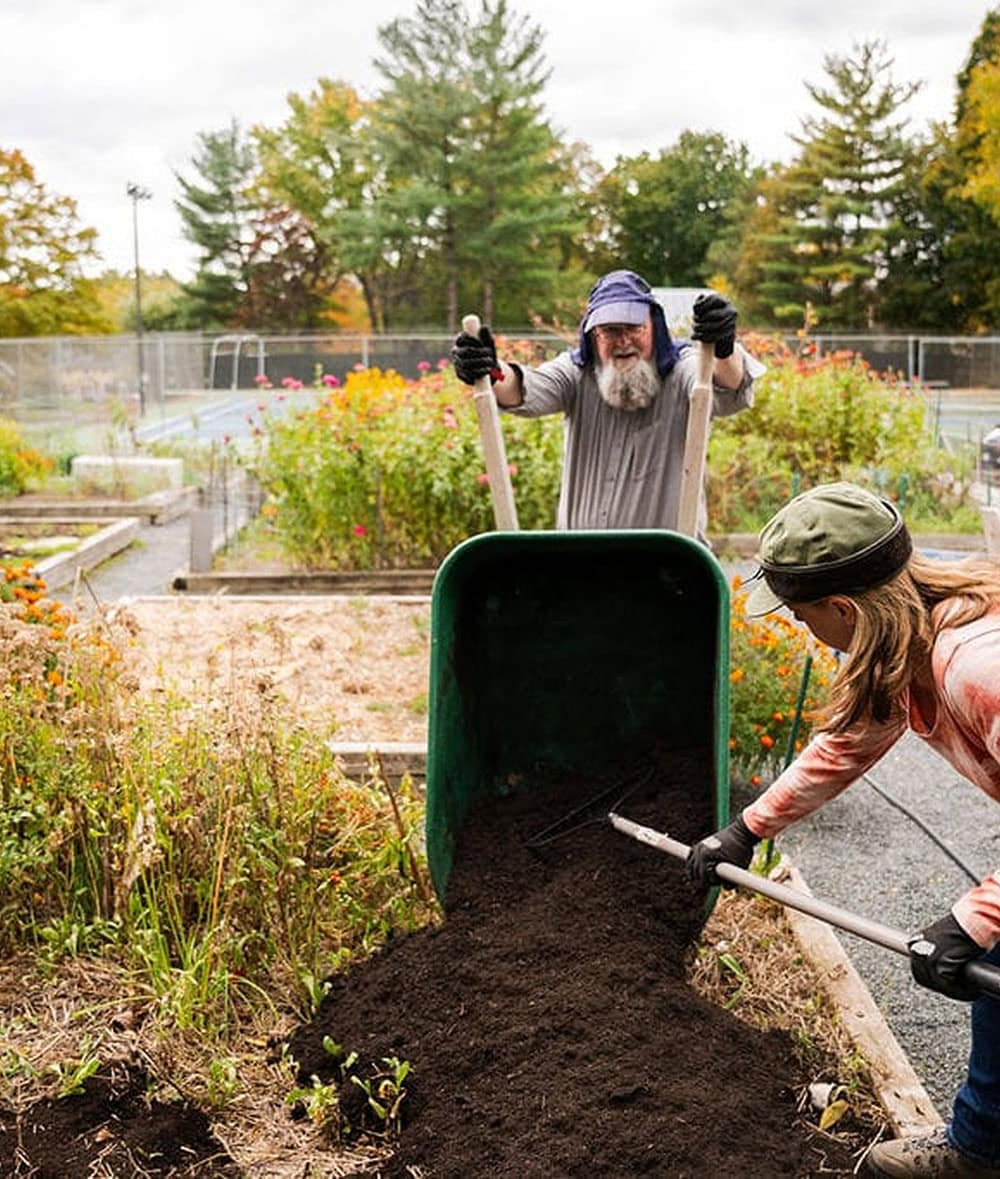
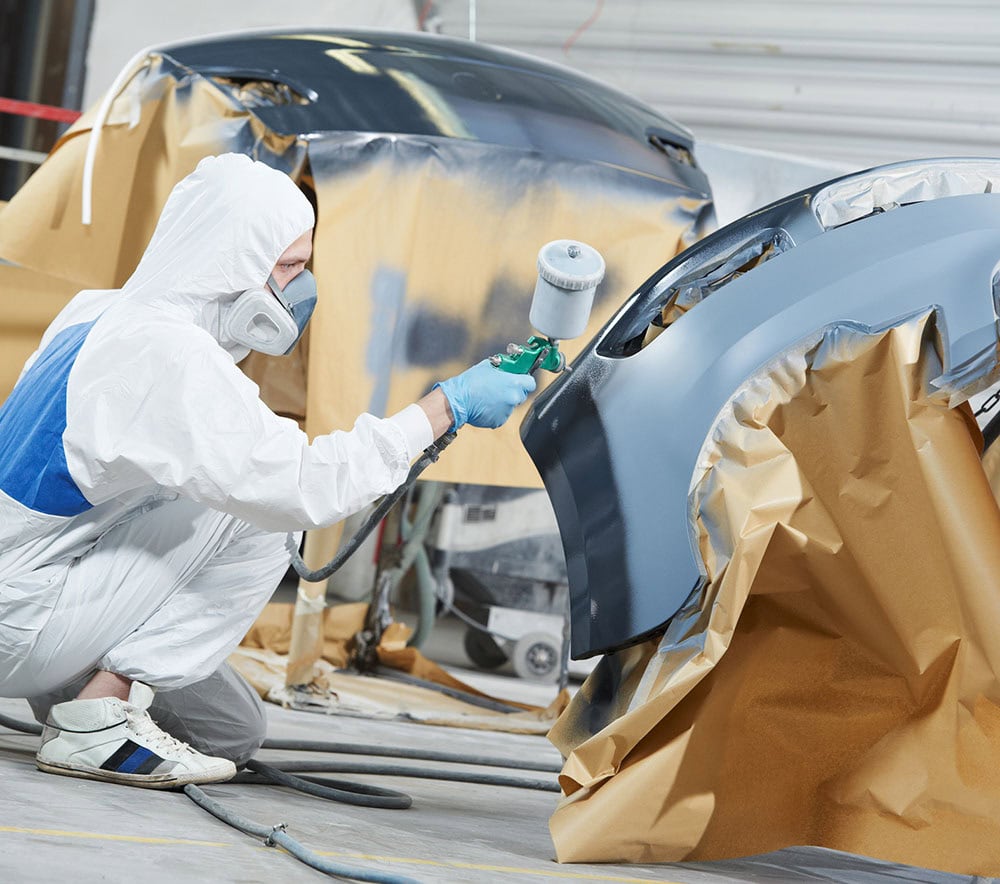
The Business Pollution Prevention Program provides free technical and financial support to help businesses transition to using safer, more sustainable chemicals and high-efficiency equipment.
Program Highlights:
Many parts of mattresses are recyclable – from the steel inner spring to foam toppers to box springs. R&E works with cities and multi-unit properties to offer mattress collection and recycling through Second Chance Recycling.
Program Highlights:
Collected 12,727 mattresses for recycling, preventing 318 tons of waste.

1,655
through municipal drop-off events

8,440
through residential curbside collection

1,698
from multi-unit buildings

934
from public properties
R&E partners with Second Chance Recycling to collect mattresses for recycling.
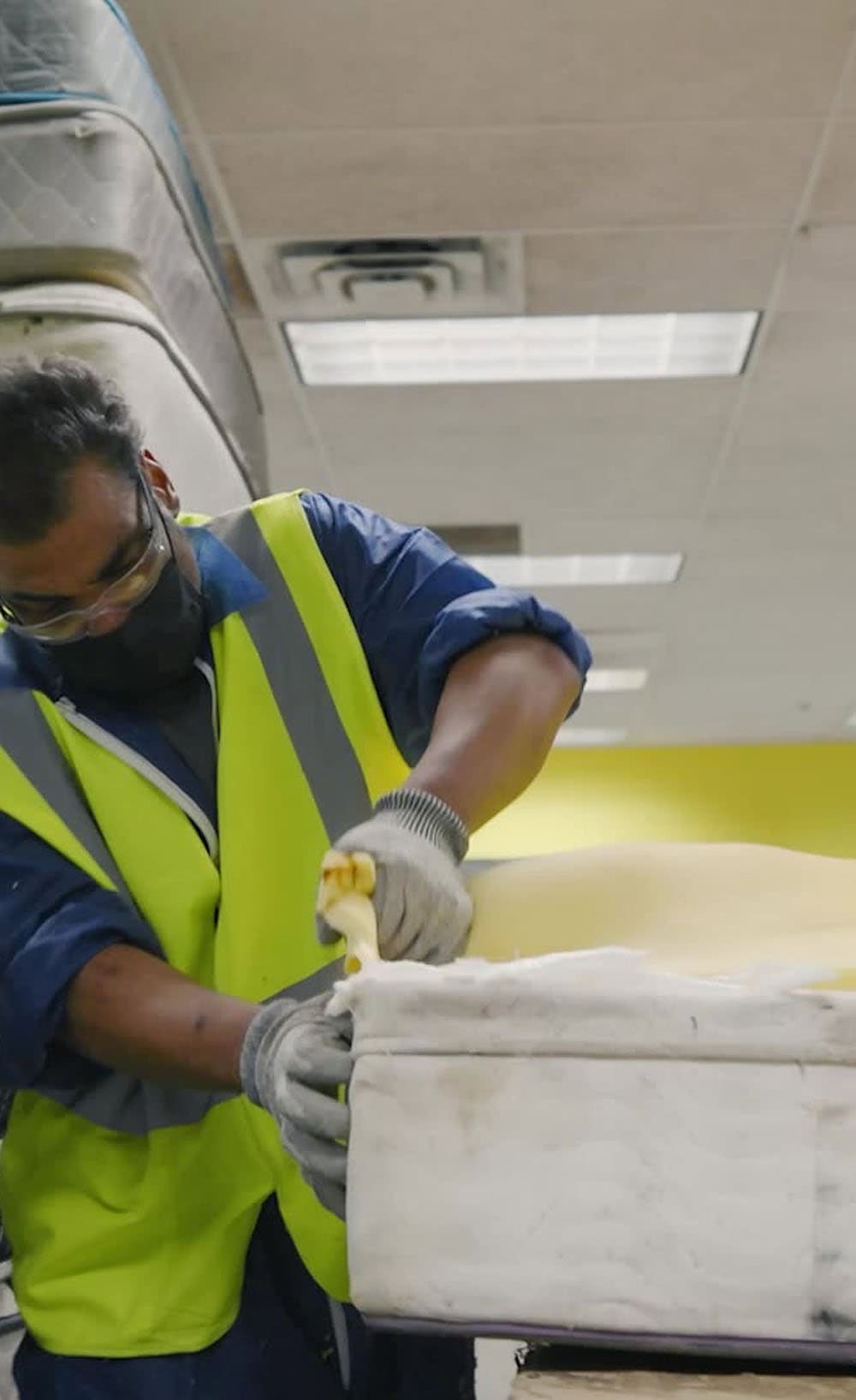
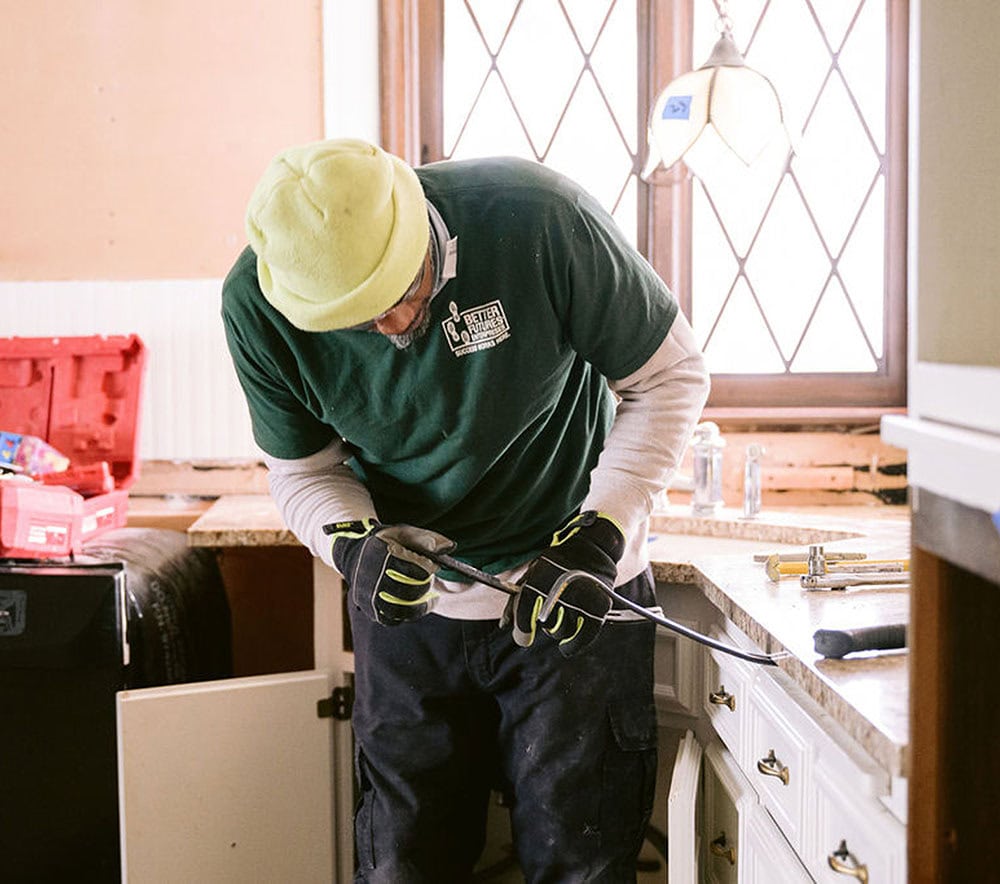
R&E offers grants for residential, multi-unit and commercial properties to help salvage valuable building materials for reuse. Deconstruction is the process of taking apart a building so materials — like cabinets, light fixtures, structural lumber, doors and more — can be reused instead of being sent to a landfill. In addition to encouraging reuse, the grant also requires material that is unable to be reused to meet an elevated recycling rate.
Program Highlights:
R&E offers tours of the R&E Center in Newport to highlight the facility’s innovative waste processing system and help residents understand their role in reducing waste.
In 2024, R&E welcomed college and K-12 students, community groups, and industry and governmental partners, and had its busiest year of tours to date.
Program Highlights:
“I was amazed and proud of how you manage trash.
I was also proud to be a resident in Washington County and in MN and the upper Midwest for being a part of what you do.”
“I’m glad they built the facility to be tour-friendly.
It’s good to see how our waste is managed.”
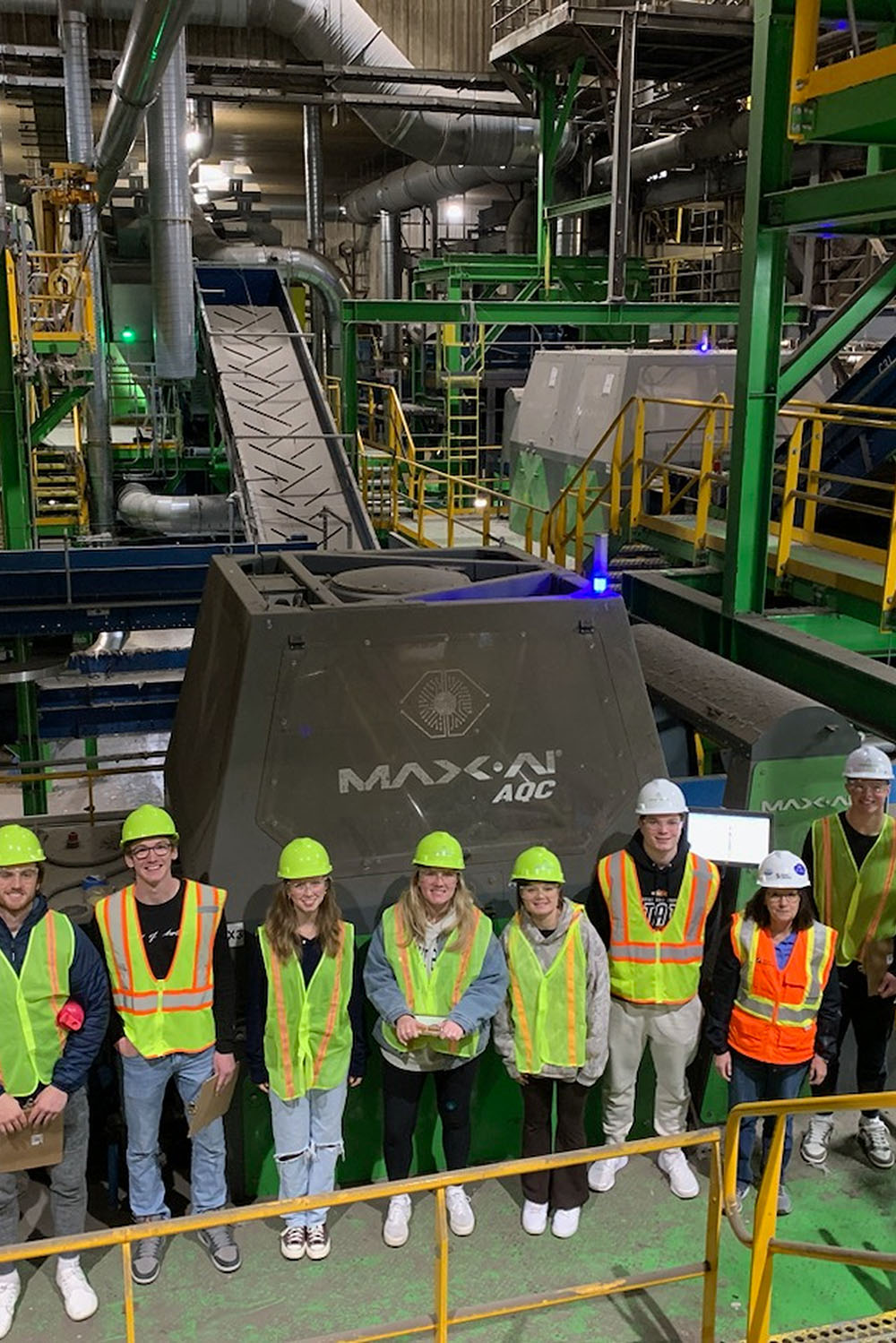
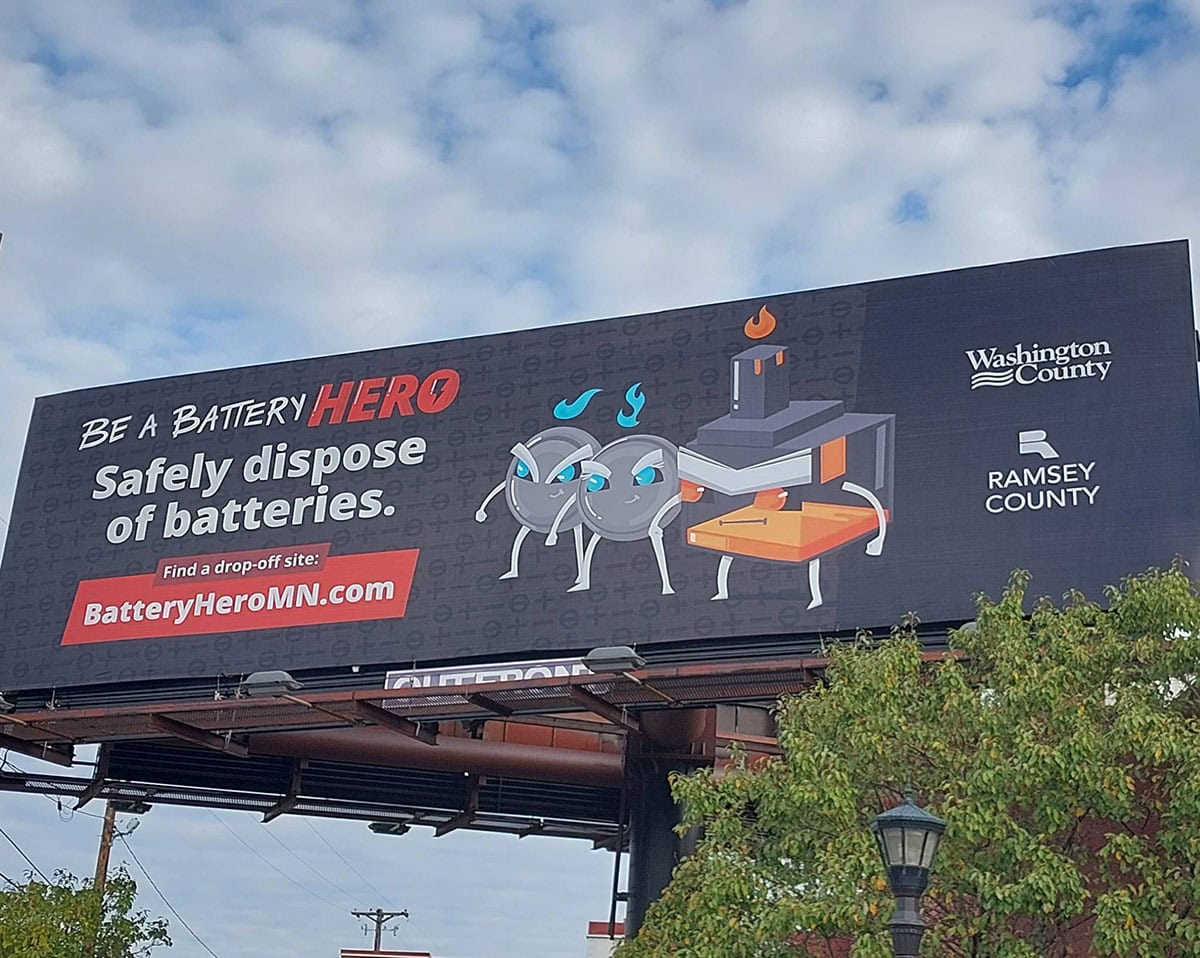
In 2024, R&E’s communications efforts focused on expanding digital engagement, enhancing online resources and driving public awareness of responsible waste management practices.
Campaign Highlights – 2024
Working with five transfer stations and over 80 haulers, the R&E Center processes all trash from residents and businesses in the two counties – that’s nearly 14% of the state’s trash! At the R&E Center, trash is processed to recover recyclable metals and food scrap bags for recycling and to produce fuel used in Xcel Energy power plants to generate electricity. Processing trash keeps it out of landfills and recovers value.

of trash was generated in Ramsey and Washington counties.
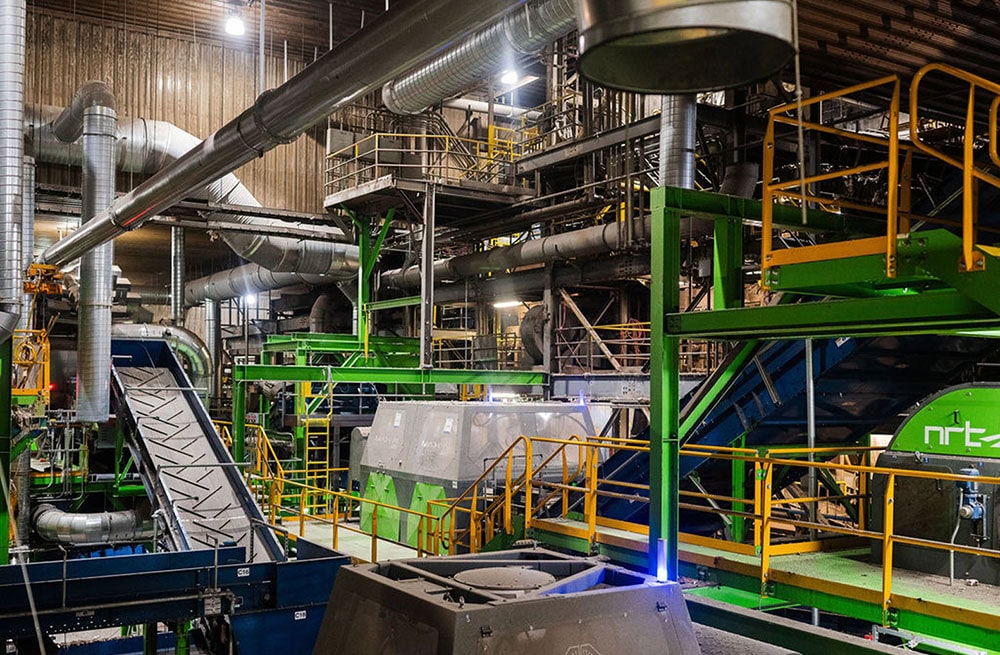
of trash were managed at the R&E Center.
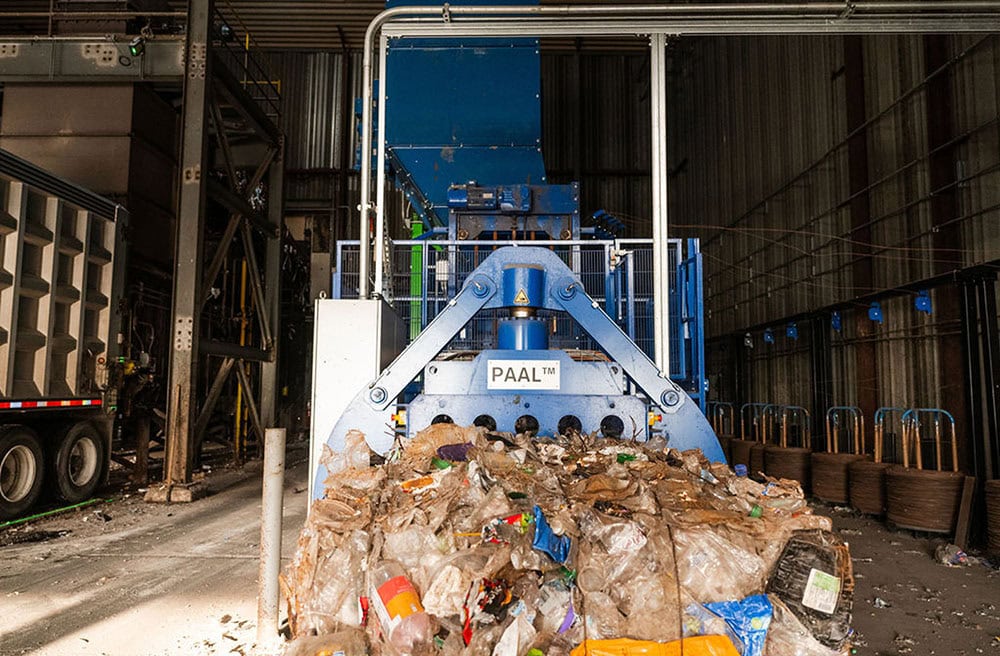
of the two counties’ trash was diverted from landfills.
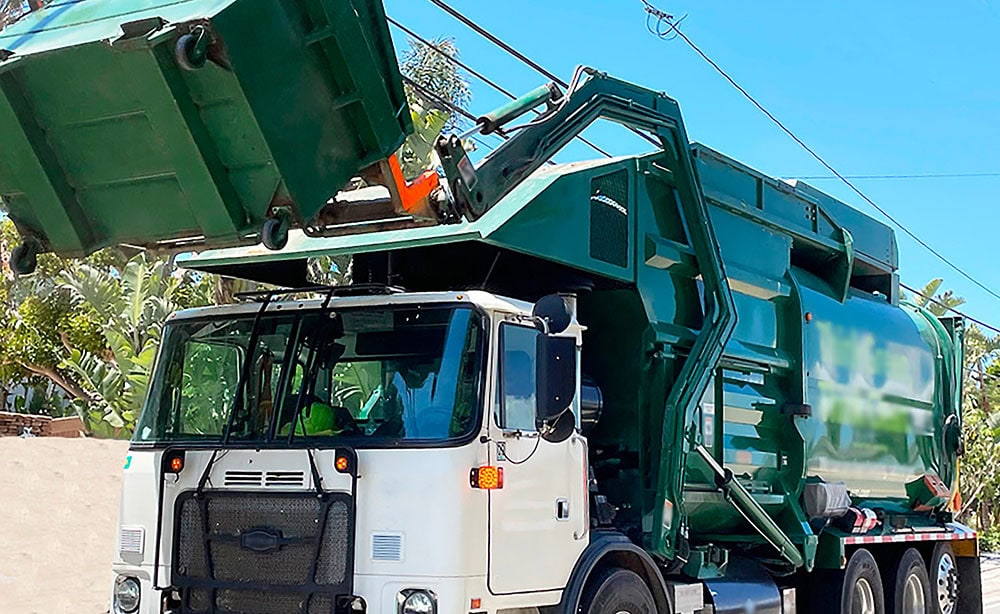
In 2024, 442,295 tons of municipal solid waste (MSW, commonly known as “trash”) was generated in Ramsey and Washington counties.
In 2024, 389,705 tons of trash were managed at the R&E Center.
Hover over pie chart sections for additional information.
Note: Total tonnage variation compared to breakout list due to factors such as moisture loss and year-end inventory.
Refuse-derived fuel (RDF) for electricity
Landfill
Recycling
Aluminum recovered
for recycling
Ferrous metal recovered
for recycling
Tires recycled
Appliances recycled
Mattresses shredded
(6,518 mattresses)
Food scraps composted
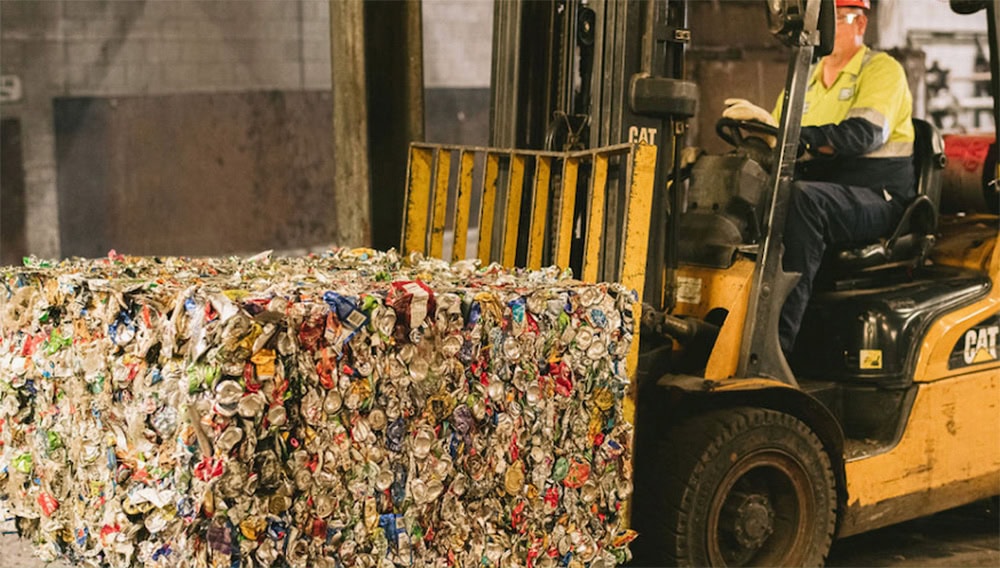
Process residue
Bulky waste
landfilled
Process residue is a byproduct of the waste processing at the R&E Center.
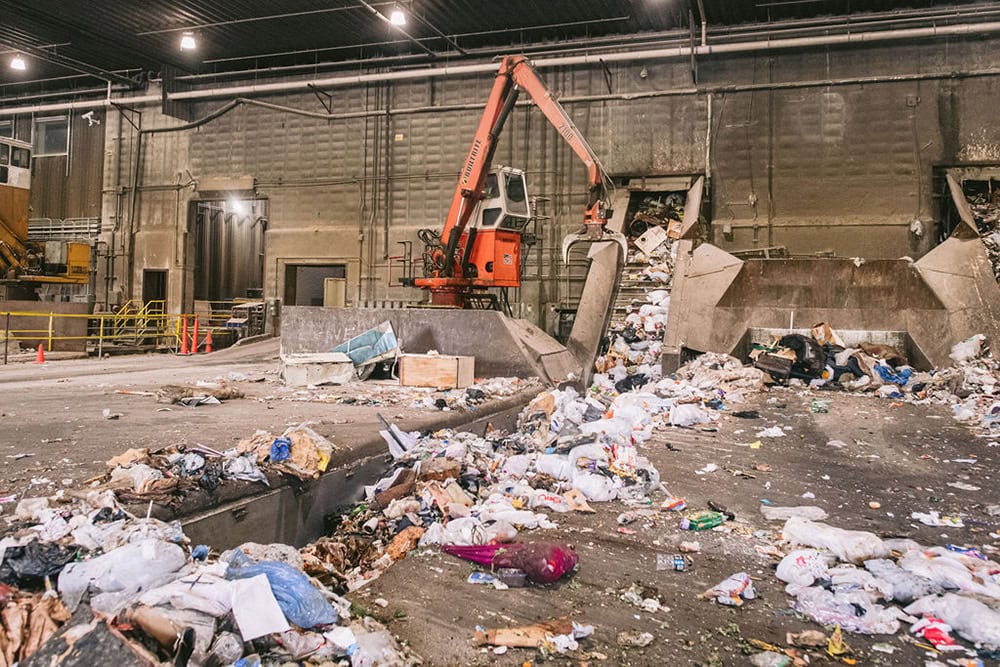
Refuse-derived fuel, or RDF, is a fuel created from waste that can’t be recycled. The RDF created at the R&E Center is sent to Xcel Energy power plants to generate electricity.
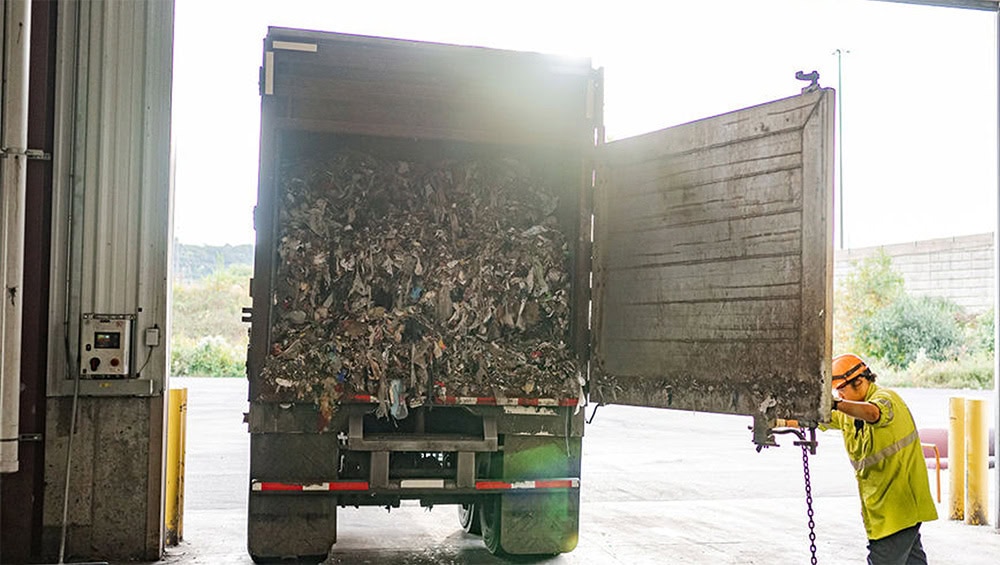

Of the trash managed at the R&E Center, 85% was diverted from landfills. Overall, the two counties diverted 78% of total trash generated from landfills.
By replacing two diesel yard trucks with electric vehicles, R&E saved approximately $42,000 and eliminated 137 tons of CO2 emissions in 2024, reducing both costs and environmental impact.
Being a good neighbor is important to R&E. Since acquiring the facility in 2015, R&E has prioritized minimizing odor impacts on nearby communities. Routine odor monitoring is conducted at six locations in Newport—at least once weekly from November to April and twice weekly from May to October, with additional checks during high-risk weather conditions and in response to complaints.
R&E and its contractors conducted 798 odor inspections in 2024, with only 1.2% resulting in MSW (municipal solid waste) detections, none of which were above permitted levels.
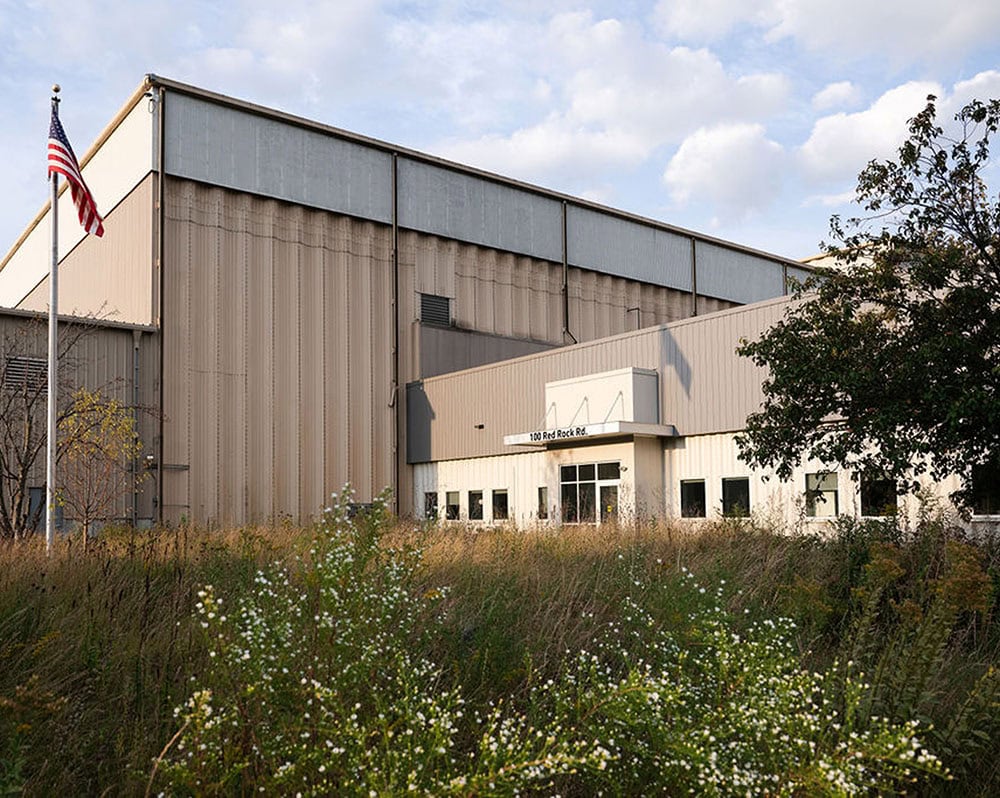
In 2024, R&E made significant strides toward improving waste management and energy production. In partnership with Dem-Con HZI Bioenergy, LLC, R&E has advanced its anaerobic digestion (AD) project. Anaerobic digestion converts organic waste into biogas through a controlled microbial process. This biogas can be used to generate renewable energy, offering an environmentally sound alternative to traditional waste disposal methods.
Key project milestones have been reached in terms of agreements, permitting and infrastructure development. Early-stage testing has demonstrated promising results, suggesting that the planned process has the potential to eliminate PFAS, a class of toxic chemicals that are notoriously difficult to manage.


R&E continued to explore alternatives for refuse-derived fuel in 2024, as part of an ongoing commitment to responsible waste management and sustainable energy production.
By evaluating different feedstocks and treatment processes, R&E aims to optimize the production of refuse-derived fuel and reduce the environmental footprint of waste-to-energy systems. The exploration of new methods is key to ensuring that the region’s waste management and energy needs are met with minimal impact on the environment.
R&E operates out of three budgets: the Joint Activities Budget, the Facility Budget and the Equipment Maintenance & Repair Budget.
DISCLAIMER: Please note that the financial figures presented in this report are unaudited, and the final audited numbers will be provided at a later date.
JOINT ACTIVITIES BUDGET
Project Management
3,350,286
Business Recycling
4,244,969
Community Waste Solutions
297,561
Food Scraps Recycling
1,047,807
General Outreach
668,886
Policy Evaluation
997,412
TOTAL
$10,606,921
The Joint Activities Budget supports a variety of projects to meet goals outlined in the counties’ waste management plans and is funded by Ramsey and Washington counties. Both counties charge a fee associated with collecting trash, referred to as the County Environmental Charge (CEC). A portion of CEC fees funds the Joint Activities Budget.
FACILITY BUDGET
Personnel
8,415,840
Fuel
6,305,272
Landfill
8,510,903
Transportation
8,753,880
Transloading
2,731,899
Operations
10,721,788
Enterprise Reserve Fund (ERF)
1,500,000
Transfer to Equipment Maintenance Fund
300,000
Debt Service
3,873,600
TOTAL
$51,113,182
The Facility Budget supports the operation of the R&E Center. This enterprise budget is funded by tipping fees.
EQUIPMENT, MAINTENANCE AND REPAIR BUDGET
Equipment and Maintenance
2,095,000
TOTAL
$2,095,000
The Equipment Maintenance & Repair Budget supports equipment maintenance, repair and replacement at the R&E Center. This budget is partially funded by the sale of recyclables recovered from the trash at the R&E Center.